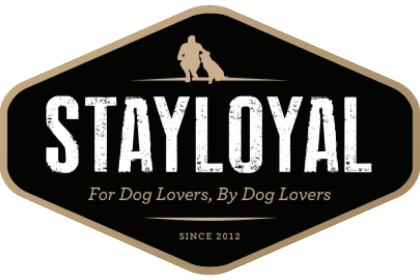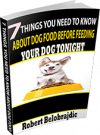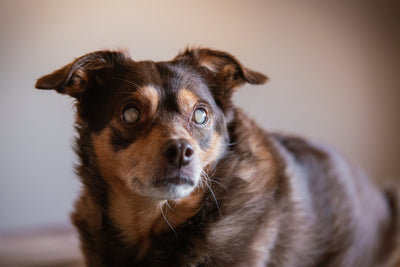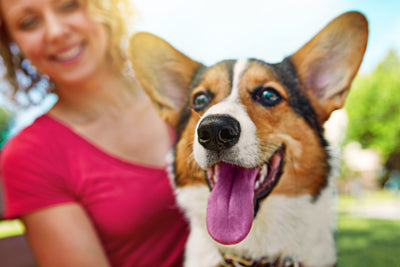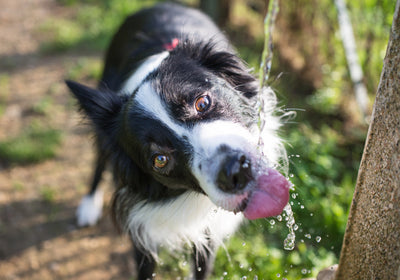Safe Ways to Exercise your Senior Dog in Warm Weather
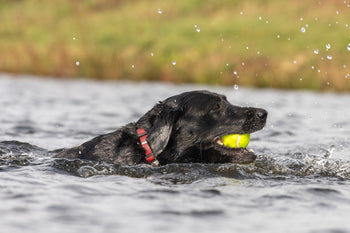
"A body in motion stays in motion." We all know this. It’s physics. As we get older, it can feel harder to stay in motion, but that just means keeping active is even more important. This law applies to everything on this Earth, including your senior dog. Senior dogs start slowing down for the same reasons we do, including health and body changes, and just plain feeling more tired as they age. But your senior dog needs exercise to stay as healthy as he can, year-round, even in warmer weather.
Year-round appropriate exercise for senior dogs includes low impact walks, slow jogs and other activities that do not stress the joints too much. Things like jumping in the air after a frisbee or over hurdles for agility are much harder on an old dog’s body and should be limited.
When the weather gets warm, however, you also need to think about your dog overheating. Senior dogs (along with puppies!) are more susceptible to overheating, so you have to take that into consideration while keeping your older dog active in warm weather.
Exercise during the coolest parts of the day. Try to plan exercise when the temperatures are at their lowest. Early morning, just before dawn is the coolest part of the day. If you can’t do early morning, then your next best time is late evenings, as the sun is setting. The hottest part of the day, mid-afternoon, should be avoided.
Frequent breaks. Don’t go for long periods of time. Give your senior dog plenty of breaks and watch for signs of exhaustion or overheating. If your senior dog stops and does not want to keep playing, stop. Let him have a break.
Exercise in cool ways. The summertime affords some great ways to exercise, including playing in sprinklers and shallow creeks, or swimming in pools or streams with gentle currents. Swimming is a great, low impact excise for senior dogs no matter the weather, but in the heat it can help keep them cool. WARNING: Dogs can get water toxicity, so make sure your dog is not ingesting too much water. AND, remember your senior dog can still get exhausted while in the water, to be sure to still take frequent breaks and watch for heat stroke or exhaustion.
Exercise inside. If your house is cooler inside than the temperature outside, see if you can’t find way to exercise your senior dog indoors, where the heat won’t be a problem. Maybe you have a treadmill he can walk on for a bit, or you have room to play fetch down a hallway (If you are doing this, throw the ball slow, so your senior dog doesn’t have to make sudden, hard stops or sharp turns, which are hard on the joints). If your place won’t work, check to see if there is an indoor dog training facility that allows outside people to use their space, a dog daycare, or even an indoor dog park nearby.
OUTWARD SIGNS OF HEAT EXHAUSTION IN DOGS
· Uncoordinated movements
· Swollen, dark red tongue
· Dark red gums
· Excessive panting and drooling
· Vomiting
· Muscle Tremors
· Unconsciousness
Keeping your senior dog fit really makes a difference on their health as they age. Joints are going to get stiff and hurt, that’s just part of getting old, but they hurt a lot less if they are kept in motion and have strong muscles to support them. Speaking of muscles and joints, don’t forget that extra weight also puts more stress on those aging parts, and can make your senior dog act even older than he already is. One study showed that the loss of 6 to 10 percent of body weight in dogs significantly reduced osteoarthritis-related lameness. So feeding a high quality food that gives your dog the nutrition they need without having to feed too much, will help keep your senior dog lean, which in turn will make keeping him in motion for the rest of his life easier.
